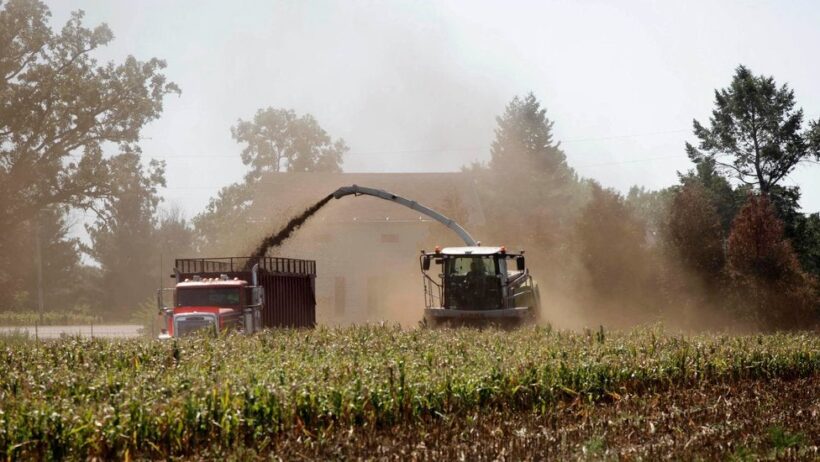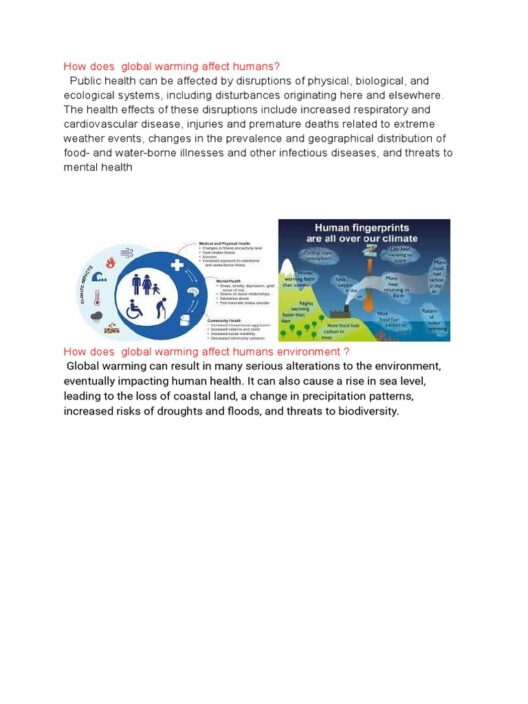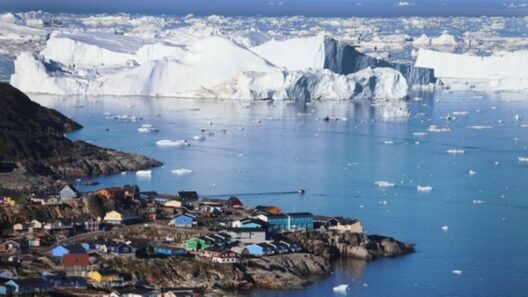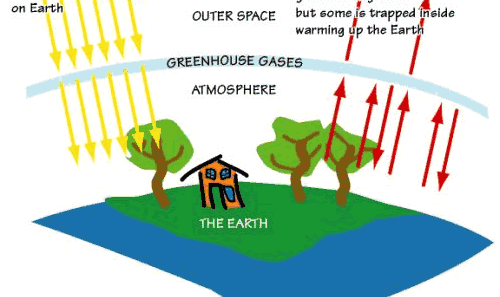As the world grapples with the ramifications of climate change, a curious phenomenon emerges in our narratives surrounding global warming: can it actually lead to more intense winters? This question may seem paradoxical at first, given that global warming suggests an increase in overall temperatures. However, the intricacies of atmospheric dynamics reveal that a warming planet can indeed produce more severe cold spells, particularly in certain regions. Let us explore this intriguing climate conundrum.
The term “global warming” denotes the long-term rise in Earth’s average temperature, primarily attributed to human-induced greenhouse gas emissions. As our planet warms, one would intuitively expect milder winters. Yet, paradoxically, some areas have experienced bouts of extreme cold and severe winter storms. How can warming coexist with freezing temperatures? This contradiction invites scrutiny into the mechanisms governing our climate.
To unravel this paradox, it is essential to understand the concept of the polar vortex—an atmospheric phenomenon that can significantly influence winter weather patterns. The polar vortex is a large area of low pressure and cold air surrounding the Earth’s poles. Typically, this vortex remains stable, keeping frigid air confined to the Arctic. However, warming in the Arctic can weaken this polar vortex due to a range of factors, including changes in sea ice and temperature differentials between the equator and poles.
When the polar vortex weakens, it can cause frigid Arctic air to break away from its usual constraints and drift southward. This effect leads to what meteorologists term “Arctic oscillation.” As this cold air ventures towards more temperate latitudes, it can trigger extreme winter conditions, including heavy snowfall and plummeting temperatures. Thus, regions accustomed to relatively mild winters may brace themselves for extraordinary cold spells.
Interestingly, studies have indicated that the frequency of such polar vortex disruptions may increase as global temperatures rise. In essence, the warming Arctic could contribute to greater instances of severe winter weather in mid-latitude regions. This observation presents an irony: as humans reduce greenhouse gas emissions to mitigate climate change, they may simultaneously witness colder, harsher winters in certain areas due to the destabilization of the polar vortex.
This climate twist not only highlights the complex interplay within our atmosphere but also raises crucial questions for society at large. For instance, how should governments prepare for potential increases in winter catastrophes linked to climate change? Infrastructure, urban planning, and emergency preparedness strategies must evolve in acknowledgment of the possibility of intensified winters. These measures are imperative to safeguard communities against the disruptive impact of severe weather.
The implications extend beyond infrastructure; they resonate through sectors such as agriculture. Farmers, accustomed to moderate winters, must now recalibrate their strategies. Unexpected frost can devastate crops, necessitating an adaptation to these new climatic realities. Just as summer droughts have necessitated different planting methods, so too must winter’s unexpected ferocity inform agricultural practices and yield predictions.
Moreover, examining the psychological dimensions brings forth another layer of complexity. How does public perception align with scientific findings about intensified winters? Often, extreme winter conditions disrupt the narrative surrounding climate change, leading to skepticism regarding global warming’s validity. Such disconnects can hinder collective action toward addressing climate issues. In light of this, educating the public about the nuanced relationship between global warming and winter weather becomes not only a scientific endeavor but also a vital communication challenge.
Yet, in grappling with these multifaceted issues, there exists a potential for innovative solutions. Can we leverage technology and scientific advancements to better predict and manage these climate-induced winter events? Enhanced modeling and forecasting techniques, alongside investments in sustainable infrastructure, may yield benefits that help society adapt to an unpredictable climate. Utilizing renewable energy sources can minimize our carbon footprint, while energy-efficient practices can enhance resilience against cold spells.
In summary, the relationship between global warming and intense winters is underscored by intricate atmospheric disturbances, particularly the behavior of the polar vortex. This reality challenges the conventional perceptions of climate change, compelling societies to rethink strategies for resilience in the face of seemingly contradictory climatic outcomes. As we navigate these changes, commitment to education, adaptation, and innovation remains paramount.
In conclusion, the absurdity of expecting warmer winters in a warming world highlights our need for deeper understanding and proactive measures. Society must recognize the complexities and engage with these surprising climate narratives. By doing so, we can better prepare for the future, ensuring that communities are resilient, informed, and capable of thriving in an era marked by climatic unpredictability.







